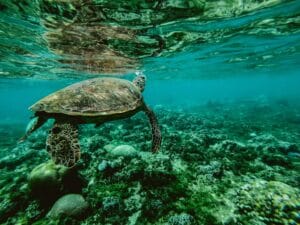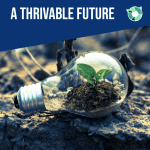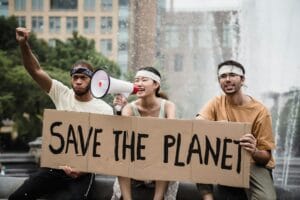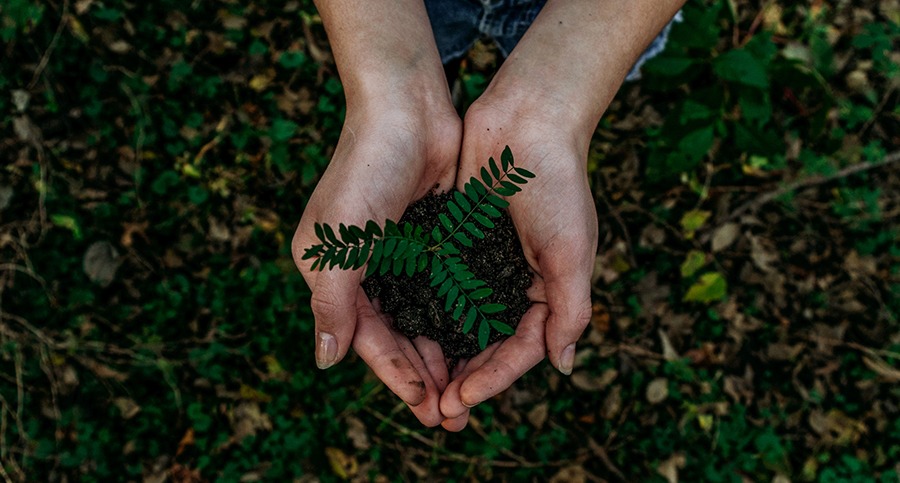What is A Heatwave?
A heatwave is a period of abnormally hot weather (QLD Gov 2025) relative to the local climate, lasting anywhere between a few days and a couple of months. They have significant impacts on both humans and biodiversity, being the cause of death for hundreds of people, animals and plants each year. In Europe alone, 175,000 people died from heatwave-related stress in 2024 (WHO, 2024). Heat waves are caused by high-pressure weather systems that remain over an area for days or weeks, pulling hot air closer to the ground and causing the temperature to increase beyond the seasonal average (Copernicus 2024). The occurrence of heatwaves has been exacerbated by climate change and the burning of fossil fuels. As a result of climate change, heatwaves are occurring more frequently and with greater intensity across the globe.
Impacts of Heatwaves: Humans, Animals, and Plants
Heatwaves cause physiological and metabolic stress to both animals and plants (Das et. al 2016). In the short term, animals deal with heatwaves through cooling measures, such as panting and seeking shelter in cooler, shaded areas. In the medium term, heat stress can cause metabolic changes that alter bodily responses, such as a reduced appetite to keep the body temperature lower and reduced fur/coat condition (Bernabucci et. al, 2010). If heat stress persists, heat stroke often results. The long-term effects of heatwaves can trigger adaptation processes in both plants and animals in a bid to lower the body’s stress levels and adapt to new conditions.

Source: Copernicus
Heatwaves also affect plants due to their impact on water availability (SGA 2025). The lack of water caused by heat inhibits the nutritional value of the leaves. Plants suffering from heat stress are likely to have less fruit, less moisture in the fruit and leaves, or significantly smaller fruit than usual (BBC 2025). Consequently, fewer nutritionally rich fruits will be available for human and animal consumption (Menzel 2021). Animals who take all their water requirements from their food intake are at risk, especially if there is no water source nearby.
Previous Examples of Heatwaves – Case Studies
Heatwaves have been affecting humans for as long as humans have existed. Some parts of the world suffer disproportionately from heatwaves, such as Afghanistan, Papua New Guinea, Central America, and Australia (CNN 2025). On average, 43,000 people die from excessive heat worldwide annually (EU 2024), with 38% of Australians at high risk of heatwave conditions (KPMG 2024).
In Australia, heatwaves have caused animal population crashes and local extinctions in many areas across Queensland, particularly in arid areas and places with little water. One example is the koala, an arboreal marsupial that lives across the eastern part of Australia. Koalas have thick, insulating fur, making them adversely affected by heat (Gordon 1998). They take shelter in trees and sleep for up to sixteen hours a day to save energy (ABC 2024).
Koalas hug cool tree trunks in the beginning stages of overheating, and they receive most of their water requirements from the eucalyptus leaves that constitute the majority of their diet (Cane 2024). Koalas usually only travel to the ground to find a new tree, limiting their energy requirements, but will seek out water sources when overheating. When heat stress lasts for an extended period, the well-being of the koalas becomes challenged, and certain hormones are released that cause changes to metabolism, fertility, and behaviour (Davies et. al, 2013). Koalas suffering from heat stress eat less, are more aggressive, are more prone to disease, and are often unable to breed. If heatwaves become more common, koalas’ ability to breed will be further impacted, therefore increasing their risk of extinction (Western Sydney University 2020).
Koalas require lines of intact bushland, known as habitat corridors, for dispersal. Should an area suffer from heat enough to become unsuitable for koalas, these corridors are essential for finding new habitats and new food sources.
Changes in patterns over time
Climate change is causing an increase in the number and duration of heatwaves. By 2030, it is expected that there will be approximately 3.5 more days under heatwave conditions across Australia. By 2070, this figure will increase to 11 (NSW Government 2025). New temperature records are set each year, with the world having just experienced the hottest January on record (NOAA 2024). Owing to this human-induced climate change, forced adaptation to a warmer world threatens species worldwide. Unfortunately, the rate of warming is far exceeding the rate of evolution and animals and plants are struggling.
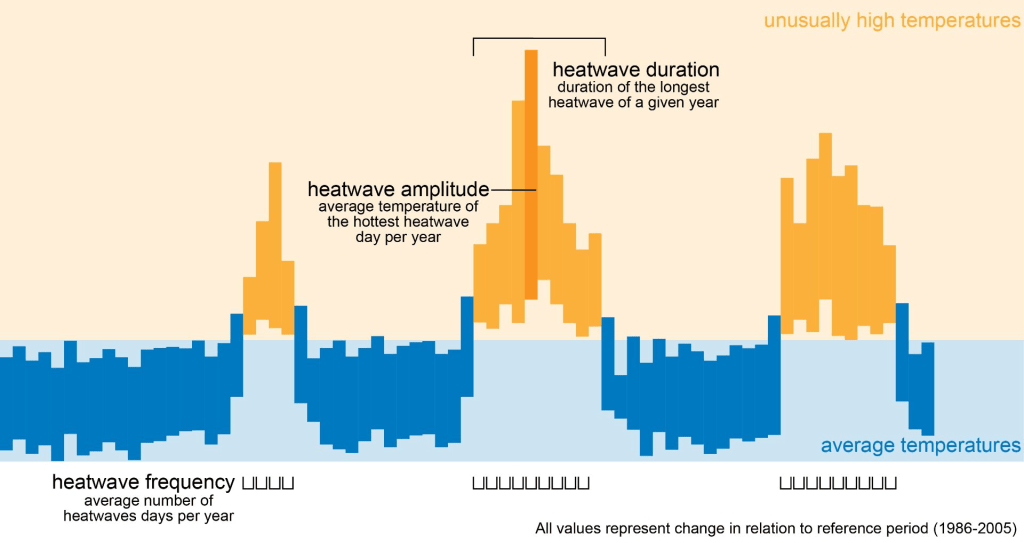
Source: LongPaddock
What can be done
Becoming more environmentally aware is essential to mitigating the effects of climate change and helping biodiversity. Individuals can help the environment with little effort. Using more energy-efficient appliances, creating a garden, installing solar panels, driving a more efficient car, or riding a bike instead are simple steps that we can take to reduce our impact on the environment. Recycling and composting are also important steps to reducing our footprint. Moving away from fossil fuels and to renewable energy is critical to ensuring the planet does not exceed a 2oC rise in average temperature.
Planting trees and greening the urban environment are excellent starting points. Ensuring greener infrastructure and insulation on houses is critical to minimising inside temperatures and reducing air conditioner use (CSIRO 2024). This leads to improved outdoor temperatures for wildlife. Shade is an excellent way to counteract excessive heat outside. Yards and other outdoor areas should have more plants, especially native plants. Vegetable gardens and parks are great ways to incorporate more plants. Reducing the heat reflecting off artificial infrastructure such as roads and footpaths is an important process. Urban planning must account for nature and incorporate more green spaces while reducing the amount of artificial surfaces where possible. This will lead us towards carbon-neutral cities.
If heat-stressed animals are found, they should be moved to shade if possible and water should be provided for them (Victorian Government 2025). Do not try to feed them as this alters natural behaviours (NPS 2024) and can cause further stress. If they appear to be in severe distress, stay back and contact the nearest vet or wildlife carer.
Conclusion and Call to Action (CTA)
We need to immediately cease the use of fossil fuels for the sake of the planet, animals, and biodiversity. This includes coal, oil, and gas. Removing all fossil fuels from our lives must be done as a matter of urgency. A transition to renewables like solar, wind, and other technologies is essential. Using fossil fuels creates and exacerbates the issue of heatwaves. They cause untold damage to wildlife through natural disasters, depletion of water resources, and damage to ecosystems. Climate change-induced heatwaves affect all means of life, not just humans. All species, plant and animal, feel the effects of climate change, and this will continue as long as climate change remains a threat.
We must lobby our local councils to create more green spaces and to protect wildlife. It is not just important to animals like Koalas. Studies show that mental health improves with direct access to nature (American Psychology Association 2020). More green space will provide animals with more shelter, create habitat corridors for dispersal through cities, and create more food sources while benefiting humanity. Mitigating climate change is the best way of ensuring fewer days with heatwave conditions.
Creating wildlife-friendly gardens is an easy step that many people can take. Planting insect-friendly flowers and shrubs is a great first step. Protecting old trees or creating animal-friendly habitats are simple measures that can protect the biodiversity in your area. These friendly habitats include bee and frog hotels or even nesting boxes in trees (WIRES 2024).
Contributing to the Sustainable Development Goals
The UN’s Sustainable Development Goals (SDGs) are important steps that ensure we limit our impact on the planet. Reducing the number of days under heatwave conditions contributes to achieving SDG13: Climate Action and SDG15: Life on Land. Climate action measures our progress on climate change mitigation. Life on Land aims to improve conditions for terrestrial creatures while reducing hazardous activities like deforestation. When we achieve these goals, there will be better outcomes for wildlife and improved climate mitigation.
A Thrivable Framework
Thrivability goes beyond sustainability to a world where the scales tip towards nature. As sustainability is about creating a net-zero world, thrivability aims to create a carbon-negative world. One where nature and individuals flourish together. THRIVE Project is a not-for-profit group working towards a thrivable world. The THRIVE Foundational Focus Factors (FFFs) provide critical metrics for assessing our progress towards thrivability. Among these, Strong Sustainability plays a pivotal role in fostering a thrivable world. The occurrence of heatwaves is strongly related to a decline in sustainability, as the increasing frequency correlates with a drop in overall environmental health. Science-Based Targets, one of the most instrumental FFFs, offers a means to evaluate the impact of heatwaves on wildlife. This target focuses on tracking habitat improvements and monitoring temperature fluctuations. Furthermore, Systems Thinking facilitates a deeper understanding of biodiversity by considering the specific needs of various animal species and addressing broader environmental challenges.
You can find out more about the THRIVE Project by heading to the website and YouTube channel, reading published articles, subscribing to the newsletter, attending the workshops, or attending the monthly webinars.




